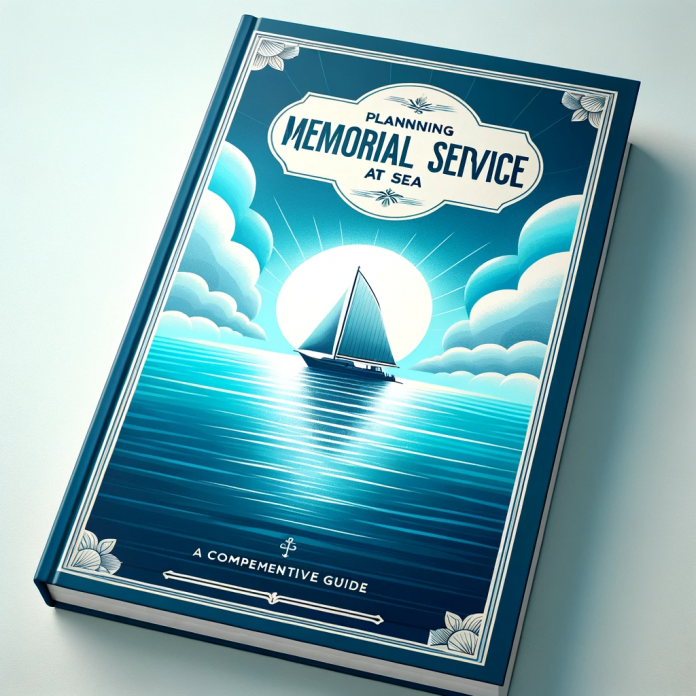Memorial services at sea offer a unique and meaningful way to say goodbye to a loved one. The serene surroundings, the soothing sound of waves, and the symbolism of the vast ocean can provide a sense of peace and closure. However, planning such an event requires careful consideration and understanding of various factors. This guide will walk you through the entire process, from understanding maritime laws to choosing the right service provider.
Understanding Maritime Laws
Before you begin planning a memorial service at sea, it's crucial to understand the legalities involved. Maritime laws vary by country and state, and it's essential to comply with them to avoid any legal complications.
In the United States, for instance, the Environmental Protection Agency (EPA) regulates sea burials. According to the EPA, cremated remains can be dispersed at sea, but they must be at least three nautical miles from land. Non-cremated remains, on the other hand, must be buried at least three nautical miles from land and in water at least 600 feet deep.
Selecting a Service Provider
Once you're familiar with the legalities, the next step is to choose a service provider. There are many companies that specialize in sea memorial services, and they can help you navigate the logistics and planning.
When selecting a service provider, consider their experience, services offered, and customer reviews. It's also essential to discuss your specific needs and expectations to ensure they can provide the service you envision.
Planning the Ceremony
Planning the ceremony involves several aspects, from deciding on the type of service to choosing readings and music. The ceremony can be as simple or elaborate as you wish, depending on your preferences and budget.
Choosing the Type of Service
There are different types of sea memorial services, and the choice largely depends on personal preference. Some people prefer a quiet, intimate gathering with close family members, while others opt for a larger ceremony with friends and extended family.
Additionally, you can choose between scattering ashes or a full body burial at sea. Both options have their own set of considerations, such as the type of vessel required and the specific maritime laws to follow.
Selecting Readings and Music
Readings and music can add a personal touch to the memorial service. You can choose readings that were meaningful to the deceased or select music that they loved. Consider incorporating elements that reflect their personality and interests to make the ceremony more personal and meaningful.
Additional Considerations
While planning a memorial service at sea, there are a few additional considerations to keep in mind. These include the weather, the attire, and the emotional preparedness of the attendees.
Weather Considerations
Weather plays a significant role in sea memorial services. Unfavorable weather conditions can make the sea rough and the ceremony challenging. Therefore, it's crucial to check the weather forecast and have a backup plan in case of inclement weather.
Attire
When it comes to attire, comfort should be the priority. As the ceremony will be held at sea, it's advisable to dress in layers and wear flat, non-slip shoes. Depending on the weather, you might also need to bring rain gear or sun protection.
Emotional Preparedness
A memorial service at sea can be an emotional experience. It's important to prepare yourself and the attendees for the emotions that may arise. Consider having a grief counselor or spiritual advisor present to provide support and guidance.
Conclusion
Planning a memorial service at sea can be a complex process, but with careful planning and consideration, it can be a beautiful and meaningful way to honor a loved one's life. By understanding the legalities, choosing the right service provider, planning the ceremony, and considering additional factors like weather and attire, you can ensure a memorable and respectful service.


-banner.png)





